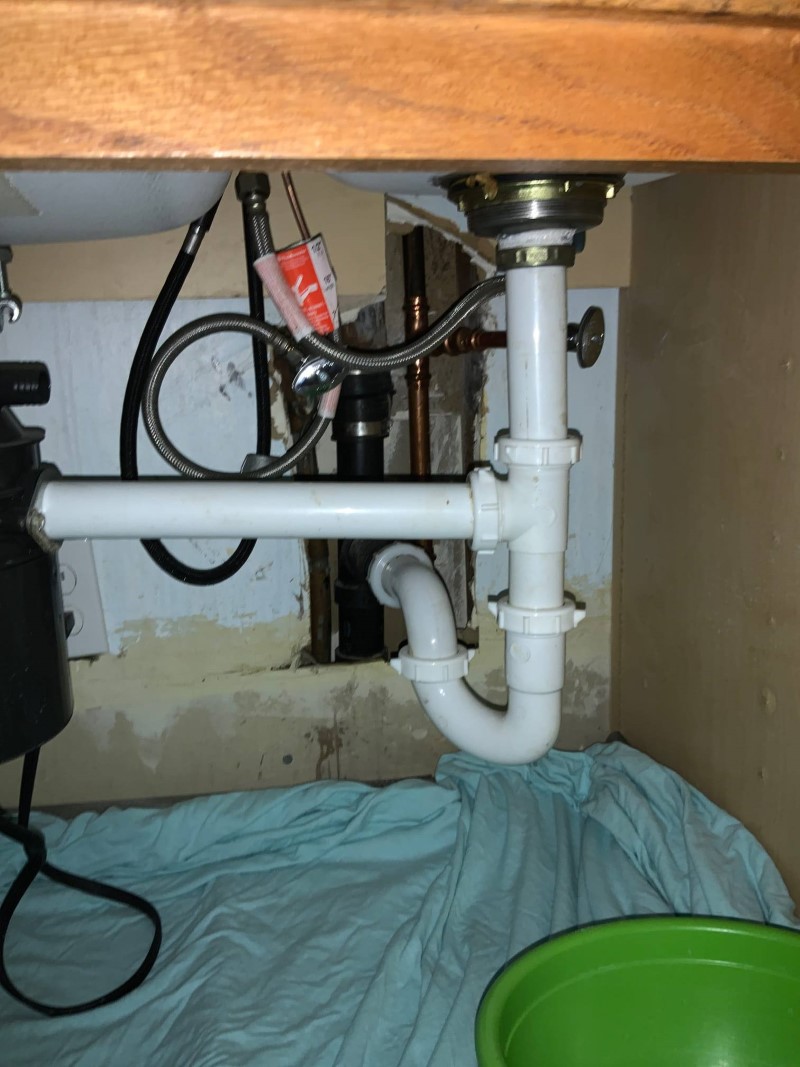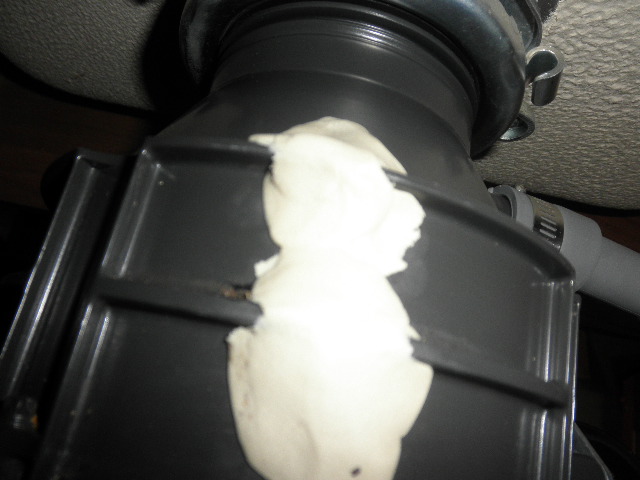Everyone seems to have their personal way of thinking on the subject of How to fix a pretty consistent leak from my garbage disposal.

Garbage disposals are necessary kitchen home appliances that aid in getting rid of food waste successfully. However, a leaking garbage disposal can be an irritating and messy problem to manage. Thankfully, several leaks can be taken care of conveniently with a few basic actions. In this article, we will go over just how to fix a leaking garbage disposal successfully.
Intro
Waste disposal unit are mounted under kitchen sinks and are developed to shred food waste into smaller sized items, permitting it to travel through the pipes system conveniently. While these gadgets are normally trustworthy, leakages can happen in time due to wear and tear, loosened links, or damage to the unit.
Usual Sources Of Leaks in Trash Disposals
Worn Seals and Gaskets
Seals and gaskets play an essential duty in stopping water from leaking out of the waste disposal unit. Gradually, these components can degrade, resulting in leakages around the disposal system.
Loose Links
The connections in between the garbage disposal and the pipes system can come to be loose with time, triggering water to leak out during procedure.
Splits or Holes in the Disposal System
Physical damage to the waste disposal unit, such as cracks or openings in the housing, can also lead to leakages.
Determining the Source of the Leak
Prior to attempting to fix a leaking garbage disposal, it is vital to determine the source of the leak. This can normally be done via aesthetic examination or by performing straightforward examinations.
Visual Examination
Evaluate the waste disposal unit device very carefully for any type of indications of water leakage. Pay close attention to locations around seals, gaskets, and link points.
Testing for Leakages
One method to evaluate for leaks is by running water via the disposal system and looking for any kind of noticeable indicators of leakage.
Devices and Products Needed for Fixing a Leaking Garbage Disposal
Before beginning the repair service procedure, collect the required devices and materials, consisting of a screwdriver, adjustable wrench, plumber's putty, replacement seals or gaskets, and epoxy or patching product for repairing fractures or holes.
Step-by-Step Overview to Fixing a Leaking Waste Disposal Unit
Switch off the Power
Before attempting any type of fixings, guarantee that the power to the garbage disposal system is turned off to prevent the danger of electric shock.
Find the Leakage
Identify the exact location of the leak and identify the cause.
Tighten Connections
Use a wrench to tighten any loosened links in between the disposal system and the plumbing system.
Replace Seals or Gaskets
If the leakage results from used seals or gaskets, eliminate the old components and replace them with brand-new ones.
Patching Fractures or Holes
For splits or openings in the disposal system, use epoxy or an ideal patching material to seal the broken area.
Testing the Waste Disposal Unit After Repair Work
Once the repair service is complete, test the garbage disposal by running water through it to guarantee that the leak has actually been fixed.
Preventive Maintenance Tips to Stay Clear Of Future Leakages
To stop future leakages, it is necessary to do normal upkeep on your waste disposal unit. This consists of maintaining it clean, preventing putting non-food items or hard things down the disposal, and regularly checking for leaks or various other problems.
Conclusion
To conclude, taking care of a leaking waste disposal unit is a fairly straightforward procedure that can be completed with standard tools and products. By following the actions laid out in this short article and practicing preventive maintenance, you can maintain your waste disposal unit in good working condition and prevent pricey repair services in the future.
What to Do About a Leaking Garbage Disposal
A leaking garbage disposal often goes unnoticed until you confront a sopping cabinet, a foul-smelling puddle, or an audible drip-drip-drip from the unit. The fix can be frustrating, too, because the leak can stem from a number of components in the system. Fortunately, with a little sleuthing, you can zero in on the leak and—depending on the exact location—stop the icky oozing and repair the component that caused it. Worst case scenario, if it turns out that the garbage disposal must be replaced, installing a new one is a reasonable do-it-yourself task for those with basic plumbing skills. Read on to keep the cash you’d otherwise hand over to a pro.
Prepare to find the leak
Prior to testing the garbage disposal for leaks, unplug it at the wall outlet and turn off the power from the breaker box to prevent electrical shock. Then insert a watertight sink stopper into your sink drain and wipe the unit dry with a clean cloth. In any handy container, mix a few drops of food coloring into a few cups of water, and pour the dyed water onto the sink stopper to help you locate the leak.
Investigate the source
the top, where the disposal meets the sink drain the side, where the dishwasher hose or main drain pipe connects to the disposal or the bottom of the unit Inspect each of these locations while gliding a light-colored rag over the unit; the dyed water will readily show on the rag and reveal the location of the leak. If a leak isn’t immediately apparent, remove the sink stopper and pour a few more cups of dyed water down the sink drain, then check for leaks again. Leaks near the top of the unit are more likely to show themselves while the sink is plugged, while side and bottom leaks are more noticeable while the sink is unplugged.
The metal sink flange that sits directly inside the sink drain is typically sealed around the top with plumber’s putty (a clay-like sealant) and then secured from under the sink with bolts. If the plumber’s putty deteriorates, or the bolts loosen, the flange can no longer form a watertight seal between the sink drain and the disposal—which could cause a leak at the top of the unit.
To reseal the leaky flange, you must first detach the garbage disposal. Start by loosening the screws securing the main drain pipe to the disposal, then loosen the screws in the metal clamp securing the dishwasher hose to the disposal and detach the drain pipe and dishwasher hose from the disposal. Loosen the screws in the mounting ring that connects the disposal to the metal mounting assembly beneath the sink, then pull down the disposal and carefully set it on a clean, dry surface. Loosen the bolts in the mounting assembly with a wrench, then pull down the mounting assembly and set it near the disposal.

We had been shown that editorial about How to fix a pretty consistent leak from my garbage disposal through a friend on our other web blog. Are you aware of somebody who is occupied with the subject? Why not promote it. We take joy in reading our article about Why Is .
Make An Appointment